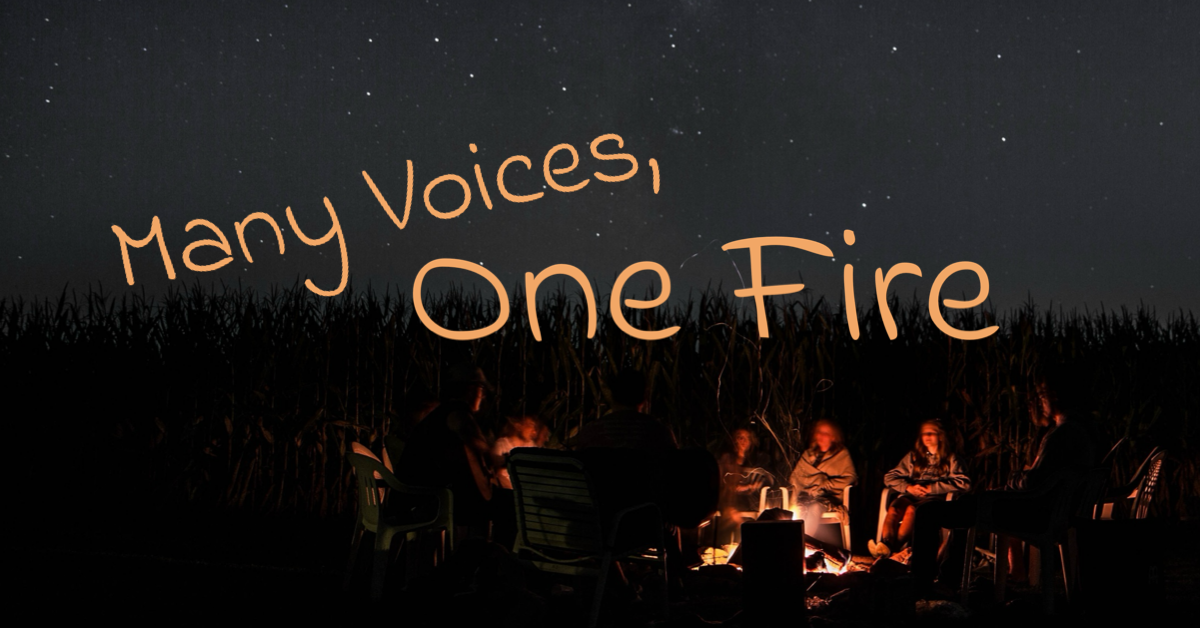
Now Playing: Rún by SKÁLD (Intimate Version)
Paganism, especially in its modern, reconstructed form, is incredibly diverse, both in terms of the number of types of paganism and the differences between different kinds of people who practice the religion. How it’s practiced and the specific beliefs will differ from person to person. (Ask ten different Pagans, you’ll get ten different answers.)
As such, methods of worship will look very different from person to person. For some, it looks like going out and foraging for loose leaves to make tea with some level of regularity. For others, it looks like tending a home garden with various kinds of plants. For others still, such as myself, it looks like making music or some other kind of art.
Arts can be a very effective form of worship for people who have that artistic inclination. The specific types and forms of this will again differ from person to person, between different art forms (e.g. music, painting, digital art, writing, sculpting, etc.) and specific forms, styles, and techniques within those art forms (e.g. writing nature inspired music in a style closer to the late Baroque era or painting something inspired by nature with handmade paints).
Sometimes, depending on the person’s chosen field of study, their religion and worship through their craft can bleed over into their academics and schoolwork. In my experience, this is most common with artistic fields.
I’ll use myself as an example here, since I’m a composer myself and I’m studying music at the university level.
When I’m composing, there tends to be a similar outline each time: I get some level of inspiration, and then I take that inspiration and bring it to the notation software I use and start putting it together. From there, I compose without a specific structure in mind and try to just compose based on what I think sounds right for what I’m going for within the inspiration I have.
Music in general is a major part of my practice, as it allows me to connect with nature and the cycles of the world overall in a way that I might not have had otherwise. It allows me to take into account the simple beauty of nature that most people, especially in cities, might not otherwise notice or appreciate at all beyond just for the changing of seasons. It allows me to work my passion for music into my religious beliefs and give me a certain sense of fulfilment I may not have otherwise gotten without this type of composing.
This has bled over into my studies on a couple different occasions, the most recent being in a sight singing course at university. The prof told us that we would get extra credit if we composed a piece in the locrian mode. I did, and I’m actually pretty proud of it. It’s not great, but it’s a nice little thing.
For me personally, the inspiration from nature isn’t the main way my music connects with my practice. I will, however, admit that it certainly helps. The connection between my music and my practice goes much deeper than that. Music, both listening and writing, help me connect with who I am on a level that I find difficult to express in words.
I find that many pagans who are also in an artistic field or have some artistic hobby include their work in that art as a part of their practice. As an example, I have a friend I met through my school’s pagan club. They have been a practicing pagan for a few years now, and they’ve always enjoyed the arts, and music more specifically, having been in community and school choirs for a long time. The two of us are now in a community choir together, though they have been in it longer than I have. They had been considering joining this choir for a long time before they joined directly, and every time they did a tarot reading before joining, they kept getting a specific card in their readings. This card is one that has a harp on it, the harp being the sacred symbol of many music related deities, but most notably to my friend’s practice, it is the sacred symbol of Bragi, the Norse deity of music, poetry, skalds, and the like. They kept getting this card in every single reading, and yet once they joined the choir, they stopped getting this card every time. Thus, while much of the text in the music we look at is Christian in nature, they consider this choir to be a part of their practice because of this connection.
I’ve also spoken with other pagans who use knitting, crochet, drawing, and/or various kinds of metal- or woodwork as part of their practice, using it as a way to connect with and honour nature, the gods, and themselves. They all use it in different ways, depending on the deity and/or high day they’re honoring, if at all, whether they’re just honoring nature, the medium they use, the specific mote of inspiration behind that specific work, and many other factors.
When it comes to including art in one’s religious practice, whether pagan or otherwise, there’s no one “correct” way to do it. Each person will have a different way of going about it, and they’re all correct in their own way. One’s connection to religion knows no single face, and those who practice their religion in connection with their art are some of the most important to the religion, in my opinion.